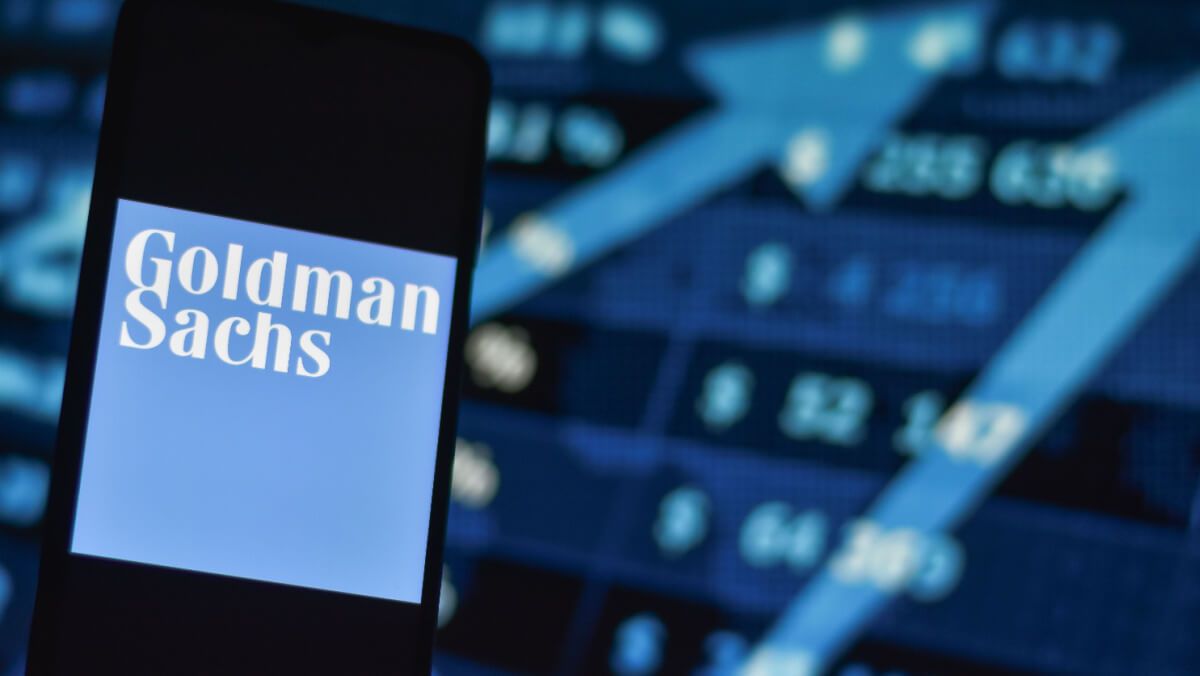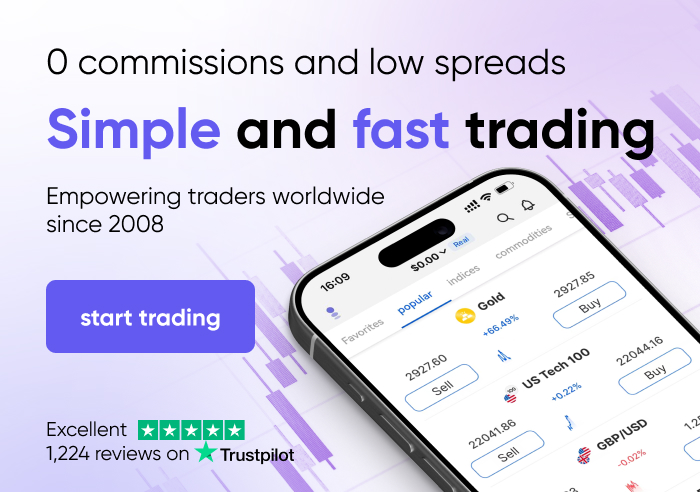Wednesday Mar 6 2024 08:52

3 min

In a note to clients cited by MarketWatch on Monday, Goldman Sachs' leading stock market strategist, David Kostin, highlighted several key differences between the current tech stock rally and that of 2021, despite apparent similarities in investor enthusiasm.
In the memo, Kostin pointed out that companies with an enterprise value-to-sales ratio of 10 or higher now represent 24% of the total U.S. stock market capitalization, compared to 28% in 2021 and 35% during the late '90s tech bubble.
Kostin also noted a large drop in the number of stocks carrying such high valuation ratios:
“Unlike the broad-based ‘growth at any cost’ in 2021, investors are mostly paying high valuations for the largest growth stocks in the index. This dynamic more closely resembles the Tech Bubble than 2021. However, in contrast with the late ’90s, we believe the valuation of the Magnificent 7 is currently supported by their fundamentals.”
The “Magnificent Seven” is a reference to an informal grouping of tech stocks that includes Microsoft, Apple, chipmaker Nvidia, Google-parent Alphabet, Amazon.com, Facebook-parent Meta Platforms, and Tesla.
Сalculate your hypothetical P/L (aggregated cost and charges) if you had opened a trade today.
Market

Instrument


Account Type
Direction
Quantity
Amount must be equal or higher than
Amount should be less than
Amount should be a multiple of the minimum lots increment
USD
EUR
GBP
CAD
AUD
CHF
ZAR
MXN
JPY
Value
Commission
Spread
Leverage
Conversion Fee
Required Margin
Overnight Swaps
Past performance is not a reliable indicator of future results.
All positions on instruments denominated in a currency that is different from your account currency, will be subject to a conversion fee at the position exit as well.
Another marked difference from 2021 is the increase in the cost of capital, according to Kostin.
The S&P 500 index's implied weighted average cost of capital, which dropped to 3.8% in 2021, has risen to 5.7% today. This change has shifted investor focus towards profitability and resulted in underperformance among small-cap stocks, contrasting with the trends seen in 2021.
Kostin anticipates that the cost of capital will continue to exceed the average of the past decade, which means that the valuations of small and unprofitable growth stocks may be unlikely to revisit the peaks seen in 2021.
In mid-February, Kostin’s team at Goldman had updated the investment bank’s S&P 500 forecast for 2024, upgrading it to 5,200 in a bet on the profitability of major tech companies.
Goldman's revised target aligned it with some of the most optimistic projections on Wall Sreet, including those of Oppenheimer's John Stoltzfus and Fundstrat's Tom Lee, who both foresaw the S&P 500 reaching 5,200, having accurately predicted the rally in 2023.
Ed Yardeni of Yardeni Research previously led Wall Street’s S&P 500 forecasts with a year-end prediction of 5,400. On March 4, Bank of America updated its forecast to match that of Yardeni, upping it to 5,400 from a previous prediction of 5,000.
This adjustment marks Goldman's second increase in its S&P 500 forecast, following an earlier revision to 5,100 from 4,700 in late December.
Earlier in the year, RBC Capital raised its S&P 500 estimate to 5,150 from 5,000, while UBS upped its target to 5,150 from 4,850.
When considering indices or shares for trading and price predictions, remember that trading CFDs involves a significant degree of risk and could result in capital loss.
Past performance is not indicative of any future results. This information is provided for informative purposes only and should not be construed to be investment advice.
Asset List
View Full ListLatest
View all
Tuesday, 8 April 2025

4 min

Monday, 7 April 2025

6 min

Monday, 7 April 2025

4 min


